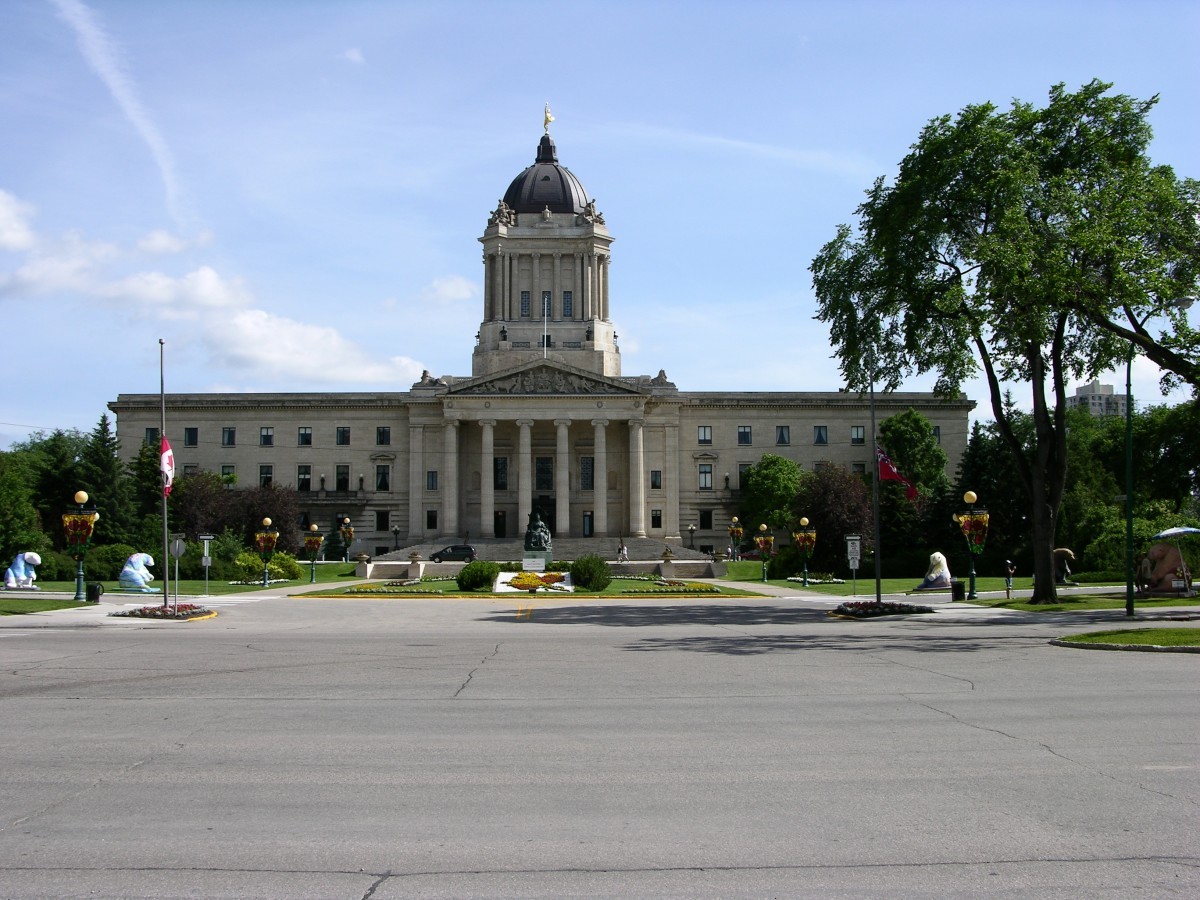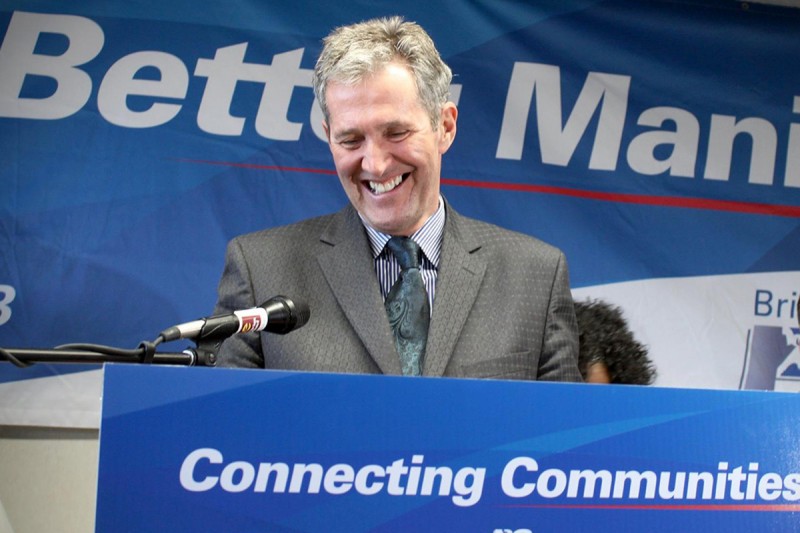
Op-Ed: PC majority may not launch new era in provincial politics, Paul Thomas says
The following is an op-ed written by Paul Thomas, professor emeritus of political studies at the University of Manitoba. It originally appeared on CBC.ca on April 23, 2016.
Contrary to the glib pronouncements of the pundits (myself included), elections are complex events that cannot be explained in a sentence or two. Both historical and contemporary factors must be part of any full explanation of the modern-era record 40 seats in the Manitoba Legislature won by the Progressive Conservatives and the precipitous drop in NDP seats to 14 from the previous record high of 37 seats a little over four years ago.
There has been a cyclical pattern to election outcomes in Manitoba. Voters tend to support one party for about 10 years before demanding change. For example, there are the PC governments of Duff Roblin/Walter Weir from 1958 to 1969, the PC governments of Gary Filmon from 1988 to 1999 and the Doer/Selinger NDP governments from 1999 to 2016.
A public mood favouring change was part of the 2011 election, but the electoral system gave the NDP two-thirds of the seats with just two percentage points more of the popular vote than the PCs. Only 7,000 votes in that election stood in the way of the PCs gaining 10 more seats and forming government.
In 2016, the demand for change was even stronger, and the PC vote was more efficient in delivering a major victory.
Since its breakthrough victory back in 1969, the NDP had become, in the view of many commentators, Manitoba’s natural governing party, which meant it would win more often than it lost. Indeed, from 1969 to the present, the NDP won eight of 13 elections under four leaders, all of whom became premier. In contrast, the Progressive Conservatives won only five elections, one a minority government; of seven PC leaders, Brian Pallister will be only the fourth to sit in the premier’s chair.
Over three decades, the NDP created a strong base of support among middle-class voters, women, the working poor, trade unionists, new Canadians, Aboriginal people, environmentalists and small business. Building this broad coalition was based on the party gradually moving to the ideological centre, especially under the pragmatic, opportunistic and cautious approach to policy-making followed by the Doer governments from 1999 to 2009. As Doer’s replacement, Greg Selinger was more ideologically inclined. A departing NDP MLA claimed the premier’s office had become a “left-wing think-tank.”
Politics has become more personalized and leadership styles and skills have become crucial for success. Manitoba’s most successful leaders, such as Roblin, Filmon and Doer, learned to assess prevailing circumstances, to anticipate reactions to particular issues and to know the limits of power in terms of when to move boldly versus cautiously.
The PST blunder
When he made the unilateral decision in 2013 to break his promise not to increase the PST, bypassing the requirement to hold a referendum and bungling the message needed to justify the decision, Greg Selinger caused the greatest drop in the popularity of the NDP over his six years as premier. The cabinet revolt that came later did not help the re-election cause, but the party was already tracking very low in the polls.
The magnitude of the PC victory led to immediate speculation that this was a so-called realigning election in which a wide swath of voters made an enduring shift to a new natural governing party. There are at least two problems with such an interpretation.
First, it is only after several elections that one can talk about realignment. The 2016 election outcome may represent only a temporary deviation to the PCs. The challenge for Brian Pallister will be to solidify the historic gains his party made by building a broad coalition of support like the one that produced nearly 17 years of NDP rule.
Second, intense voter engagement and high turnouts are usually assumed to be characteristics of a realigning election. In 2016 in Manitoba, there may have been a mood for change, but for the fourth election in a row, turnout was in the mid-50s range. It was only because of the dynamics of competition among the parties, in combination with the vagaries of the first-past-the-post electoral system, that a huge swing in seats occurred.
Realigning elections are also supposed to be associated with stark ideological and policy differences among the parties. Rhetorically, the parties exaggerated their differences during the election campaign. In reality, they all offered voters a smorgasbord of small consumable promises that were meant to be easy to digest. The most successful parties have governed on a moderate, pragmatic basis. The only one-term government in Manitoba history was led by PC premier Sterling Lyon (1977-81), who campaigned and governed on a slogan of “acute protracted restraint.”
Party organization, resources and voter mobilization capacity remain crucial to a competitive advantage in politics. In this election, the PCs were better organized, had more money and more experienced political staff and may have even surpassed the vaunted NDP “get-out-the-vote” capacity that was weakened by complacency and infighting.
Time to shift mentality
Even though the NDP had been trailing in the polls for three years and had been warned by their pollster that the party was in “political annihilation territory,” the distraction of the leadership fight meant selective polling in high-priority constituencies did not begin until a few months before the election. Closer to election day, the NDP hoped the high PC numbers would suppress voter turnout and reduce the size of the defeat they were expecting.
Brian Pallister and his team capitalized on the mistakes and internal troubles of the NDP government. They muted their ideological message. They built a strong, well-resourced party apparatus. As front-runners, they ran a cautious, controlled campaign. Unlike 2011, they were better prepared to counter NDP messages of fear and negativity.
Now Pallister and his colleagues have to shift quickly from an opposition mentality of blaming to a constructive mentality of governing on behalf of all Manitobans. Whether they can do it successfully enough to hold government for the next decade remains to be seen.







